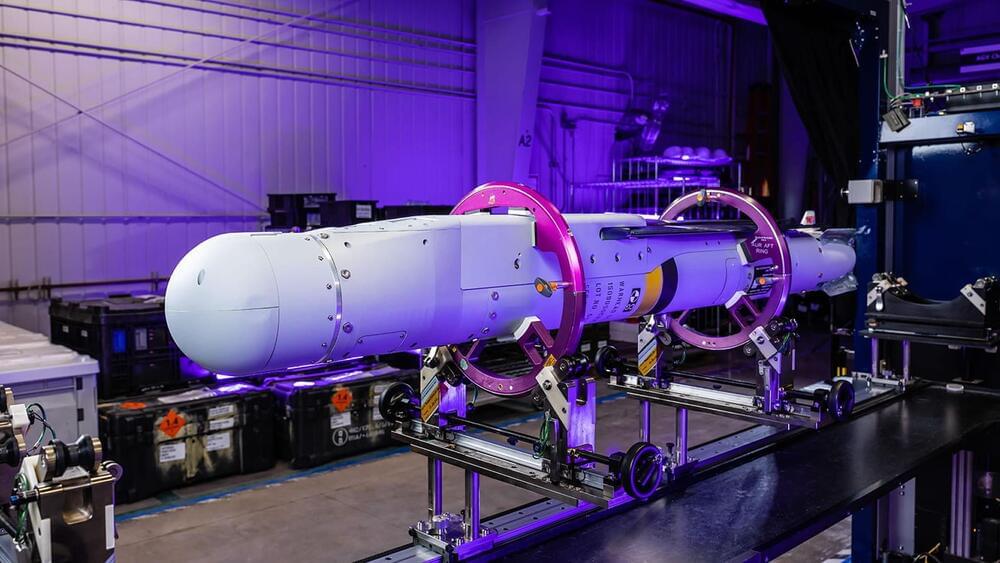Nov 14, 2023
Space Competition Enters the Gray Zone
Posted by Kelvin Dafiaghor in categories: military, space
In the evolving landscape of space warfare, conflict is shifting into what experts commonly call the “gray zone.”
Unlike traditional conflicts defined by clear boundaries, rules of engagement and identifiable actors, space battles in the gray zone are ambiguous, with military and civilian activities that can be difficult to discern.
“It’s crucial for U.S. policymakers and military leaders to understand the nuances of future competition in space, and how it will likely play out,” said John Klein, military strategist and adjunct professor at George Washington University’s Space Policy Institute.


















